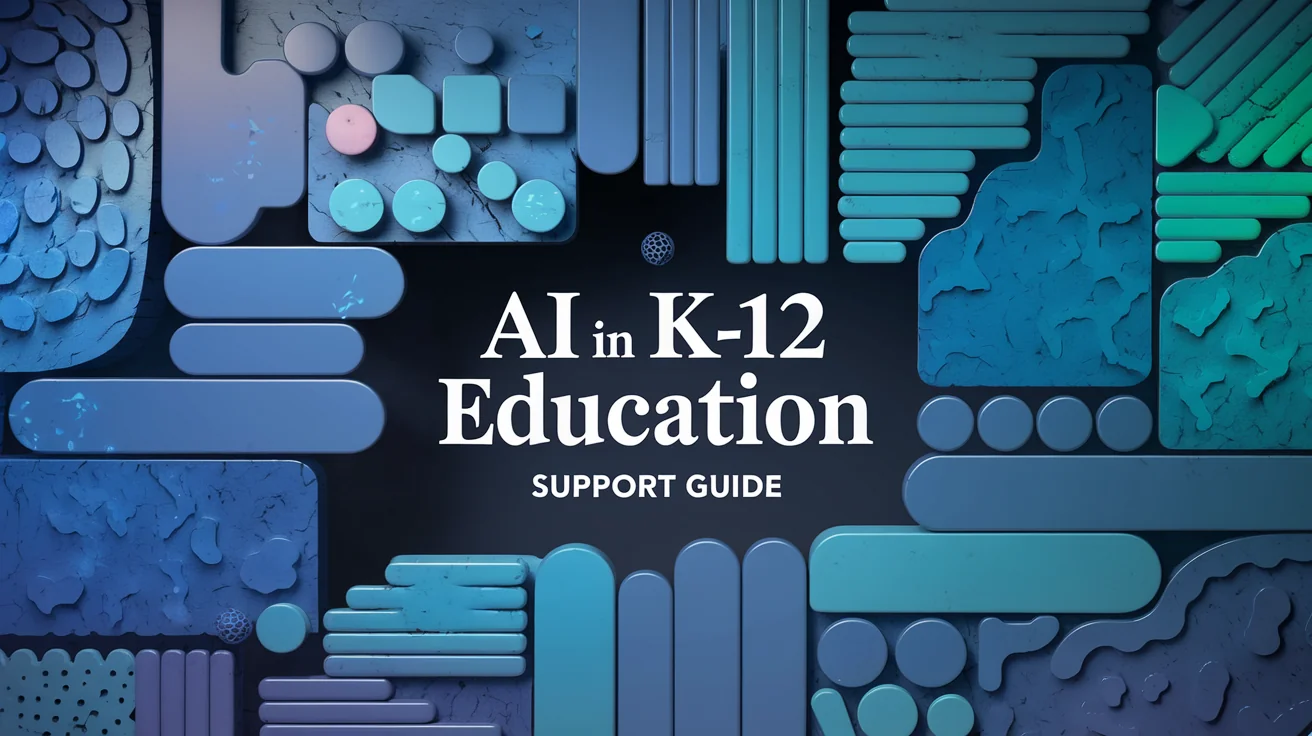AI in K-12 Education Support Guide

As generative artificial intelligence continues to develop rapidly, educators are left grappling with how to effectively integrate this technology into their teaching methods while ensuring that students engage with the material in a meaningful way. Justin Reich, an associate professor in MIT’s Comparative Media Studies/Writing program, aims to provide a structure for this integration through a new guidebook produced by the MIT Teaching Systems Lab.
Introduction of the Guidebook
Entitled “A Guide to AI in Schools: Perspectives for the Perplexed,” this resource was released in the fall and supported by an expert advisory panel along with contributions from over 100 students and teachers across the United States. Their collective experiences provide invaluable insights into the practical implications of using generative AI tools within educational settings.
Encouraging Open Dialogue
Reich emphasizes the guidebook’s purpose, which is to advocate for a thoughtful and humble exploration of AI implementation in schools. “We’re trying to advocate for an ethos of humility as we examine AI in schools,” he explains, noting that the educational community is still discovering how to effectively leverage AI to enhance learning. This guide is framed as a starting point for ongoing discussion rather than presenting definitive answers, fostering collaboration among educators, policymakers, and stakeholders.
Identifying Challenges and Opportunities
Addressing pressing issues such as academic integrity and data privacy, the guidebook highlights the complexities introduced by AI, noting that writing this resource feels analogous to drafting aviation guidelines in 1905—uncertainty abounds. Educators are also concerned about student learning metrics in an age where technology can shortcut critical thinking processes. Reich raises pivotal questions like, “How does bypassing productive thinking with AI look in practice?” and suggests that a generational shift in educational practices is necessary to adapt to these changes.
Creating Additional Resources
In tandem with the guidebook, the Teaching Systems Lab has released a podcast series titled “The Homework Machine.” Co-produced with journalist Jesse Dukes, this seven-part series dives deep into the challenges of AI within K-12 education. It examines critical aspects such as AI adoption, student engagement, and the impacts of post-Covid learning loss. Reich points out that the podcast format is better suited for immediate application than traditional academic publications, which often lag in relevance.
Real-Time Solutions and Responses
Given the urgency schools face with AI, Reich believes the podcast can facilitate faster dissemination and evaluation of strategies to mitigate new challenges. He recognizes that schools are attempting to navigate through uncertain waters, suggesting that students, parents, and educators should have open dialogues about their experiences and solutions regarding AI implementation.
The Importance of Patience and Testing
Reich candidly remarks on the current understanding of AI in education, stating, “We’re fumbling around in the dark.” Comparing today’s landscape to past technology adoptions, he highlights how scrambling to integrate unproven tools can lead to significant mistakes. Historical references illustrate how missteps with tech have led to flawed advice and practices that persist in the educational system today. This underscores the importance of not rushing conclusions about AI strategies in classrooms.
Looking Ahead
As educators approach this new frontier, Reich underscores the need for careful engagement and collective involvement from various educational stakeholders. He advocates for decentralized learning to test effective strategies and gather evidence of what works best for enhancing student outcomes. Ultimately, while the journey to solve AI’s challenges in education is complex, community-driven solutions and sustained conversation from all affected parties will be vital for progress in the field of education technology.